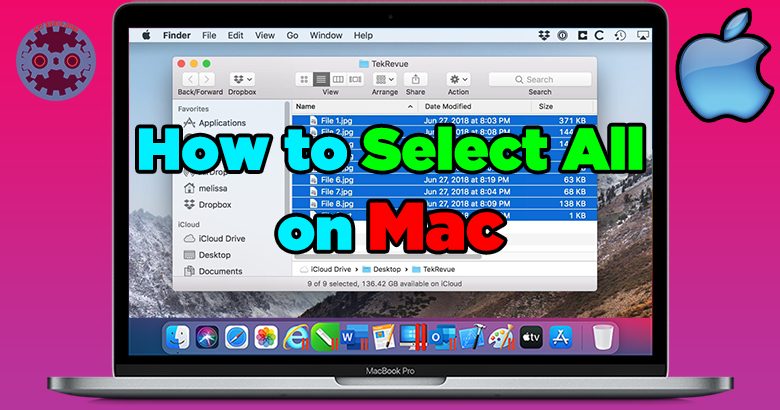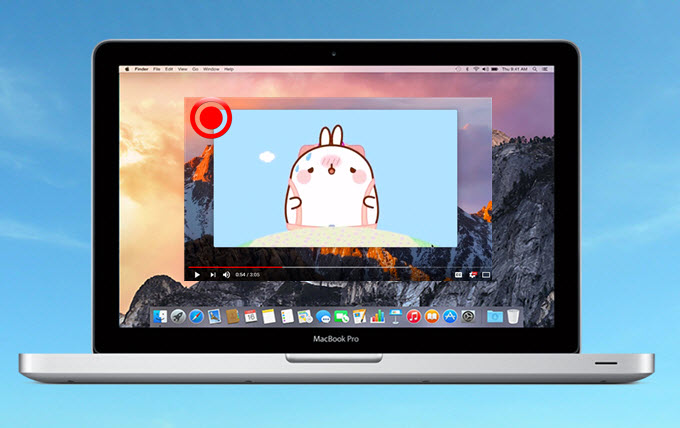Looking to free up some space on your MacBook? Well, deleting temporary files is a great way to start! Wondering how to delete temp files in MacBook? It’s actually quite simple and can be done in just a few steps. By removing these temporary files, you not only reclaim valuable storage space but also optimize your Mac’s performance. So, let’s dive right in and learn how to clear out those temporary files on your MacBook.
Firstly, head over to the “Finder” and select the “Go” menu. From there, choose “Go to Folder” and type in “~/Library/Caches”. This will take you directly to the folder where temporary files are stored.
Next, you’ll see a list of folders representing different applications. To delete the temporary files, simply select the folders you want to remove and drag them to the trash can or use the keyboard shortcut “Command + Delete”.
Remember, these temporary files are safe to delete as they are just temporary data that your apps use to run smoothly. However, if you’re hesitant about deleting certain files, you can always leave them be.
That’s it! By following these steps, you can easily delete temp files in MacBook and free up some much-needed space. So, go ahead and give it a try. Your MacBook will thank you for it!
Table of Contents
- 1 How to Delete Temp Files in MacBook
- 2 Frequently Asked Questions
- 3 Final Thoughts
How to Delete Temp Files in MacBook
The temporary files on your MacBook can accumulate over time, taking up valuable storage space and potentially slowing down your system. Deleting these temporary files regularly can help improve the performance and efficiency of your MacBook. In this article, we will guide you through the process of deleting temp files step by step. By following these instructions, you’ll be able to free up space and optimize your MacBook’s performance.
Understanding Temporary Files
Temporary files are created by various applications on your MacBook to store temporary data or cache. These files are typically generated when you perform tasks such as browsing the internet, running software updates, or using applications. While temporary files serve a purpose during their creation, they are not meant to be kept indefinitely. Deleting them can help maintain a clean and organized system.
Why Should You Delete Temporary Files?
1. Free up Storage Space: Temporary files can accumulate over time and take up a significant amount of storage space on your MacBook. By regularly deleting these files, you can reclaim valuable storage and prevent your system from running out of space.
2. Improve System Performance: When temporary files accumulate, they can slow down your MacBook’s performance. This is especially noticeable if your storage is nearly full. Deleting temporary files can help improve the overall speed and responsiveness of your system.
3. Resolve Software Issues: In some cases, corrupted or outdated temporary files can cause software issues or conflicts. By deleting these files, you can potentially resolve these problems and ensure smooth operation of your MacBook.
Methods to Delete Temp Files
There are several methods you can use to delete temporary files on your MacBook. In this section, we will discuss three popular and effective methods.
Method 1: Using the Finder
One way to delete temporary files on your MacBook is by using the Finder. Here’s how:
1. Open a new Finder window by clicking on the Finder icon in your dock or selecting it from the “Go” menu.
2. In the menu bar, click on “Go” and select “Go to Folder” from the dropdown menu.
3. In the “Go to Folder” window, type in “~/Library/Caches” (without quotes) and press Enter. This will take you to the Caches folder where temporary files are stored.
4. Once inside the Caches folder, you can identify and delete specific temporary files or folders by selecting them and dragging them to the Trash bin. Alternatively, you can press Command + Delete to move them directly to the Trash.
5. Empty the Trash by right-clicking on the Trash icon in your dock and selecting “Empty Trash” from the dropdown menu. Confirm the action when prompted.
Method 2: Using the Terminal
For more advanced users, the Terminal provides a powerful method to delete temporary files. Follow these steps:
1. Open the Terminal application by searching for it in Spotlight or locating it in the Utilities folder within the Applications folder.
2. In the Terminal window, type the command “cd ~/Library/Caches” (without quotes) and press Enter. This command will navigate you to the Caches folder.
3. To view the contents of the Caches folder, type “ls” (without quotes) and press Enter. This will display a list of the files and folders within the Caches directory.
4. Identify the temporary files or folders you want to delete and use the “rm” command followed by the file or folder name to delete them. For example, if you want to delete a file named “example.tmp,” you would type “rm example.tmp” (without quotes) and press Enter.
5. Repeat the “rm” command for each temporary file or folder you wish to delete.
Method 3: Using a Third-Party Cleaning Tool
If you prefer a more streamlined and automated approach, you can use a third-party cleaning tool specifically designed to delete temporary files on your MacBook. These tools often provide additional features to optimize your system’s performance. Here are a few popular options:
- CleanMyMac: This comprehensive cleaning tool offers a user-friendly interface and various cleaning options, including the removal of temporary files.
- Onyx: Onyx provides advanced system maintenance and optimization features, including the ability to delete temporary files.
- CCleaner: Known for its effectiveness on Windows, CCleaner also offers a macOS version to help you remove temporary files from your MacBook.
Research and choose a reliable third-party cleaning tool compatible with your macOS version and follow the tool’s instructions to delete temporary files from your MacBook.
Tips for Deleting Temporary Files
To ensure a smooth and efficient process of deleting temporary files on your MacBook, consider the following tips:
1. Regular Maintenance: Make it a habit to delete temporary files regularly to prevent them from accumulating and clogging up your system.
2. Verify File Content: Before deleting any files, check their content to ensure you are not deleting any important data or personal files.
3. Restart Your MacBook: After deleting temporary files, restart your MacBook to allow the system to refresh and optimize its performance.
4. Back Up Important Files: Prioritize the backup of important files to avoid accidental deletion or data loss during the process of deleting temporary files.
Regularly deleting temporary files on your MacBook is essential for maintaining a clean and optimized system. By following the methods outlined in this article, you can free up storage space, improve system performance, and resolve potential software issues. Choose the method that suits your comfort level and regularly incorporate it into your MacBook maintenance routine. Enjoy a faster and more efficient MacBook experience by keeping those temporary files in check!
How to clear Cache on macbook / How to delete temporary files on macbook
Frequently Asked Questions
How do I delete temporary files on my MacBook?
To delete temporary files on your MacBook, you can follow these steps:
Where can I find temporary files on my MacBook?
Temporary files on your MacBook are usually located in various folders. Some common locations include the “Caches” folder, “Logs” folder, and the “Temporary Items” folder. You can access these folders by navigating to the following paths:
Can I safely delete all temporary files on my MacBook?
Yes, it is generally safe to delete temporary files on your MacBook. These files are created temporarily to assist with various tasks and can be safely removed without causing any harm to your system. However, be cautious and avoid deleting any important files or folders that are not specifically related to temporary files.
How can I delete temporary files using the Terminal?
If you prefer using the Terminal to delete temporary files on your MacBook, you can follow these steps:
Is there an automatic way to delete temporary files on my MacBook?
Yes, macOS provides a built-in mechanism to automatically delete temporary files. To enable this feature, you can follow these steps:
Final Thoughts
To keep your MacBook running smoothly, it’s important to regularly delete temporary files. These files can accumulate over time, taking up valuable storage space and potentially slowing down your device. The good news is that deleting temp files in MacBook is a straightforward process. To begin, open the Finder and navigate to the “Go” menu. From there, select “Go to Folder” and enter “~/Library/Caches” to access the cache folder. Next, locate the temporary files you want to remove and simply drag them to the trash. Finally, empty the trash to permanently delete the temp files. By following these steps, you can effectively free up space and optimize your MacBook’s performance.

